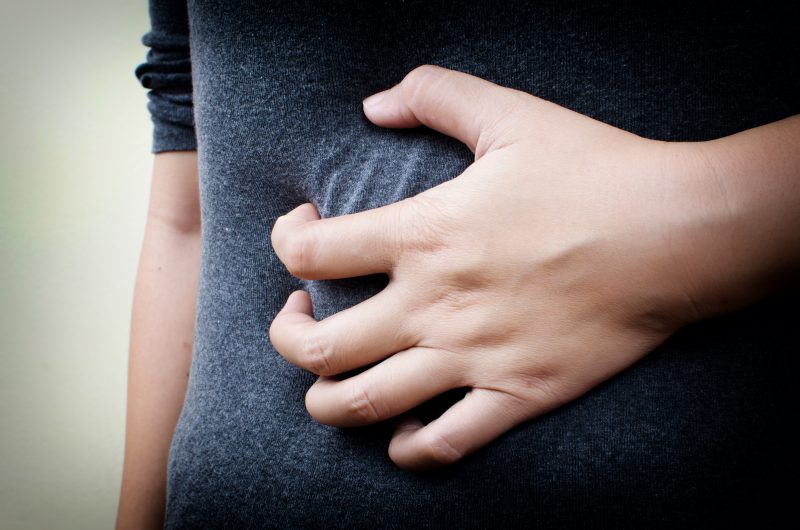
Just as the incidence of kidney stones in kids is on the rise, more children and teens are also developing gallstones.
In both cases, the problem is largely diet related. With gallstones, the solution is usually surgery to remove the gallbladder, a small, pear-shaped pouch in the upper right abdomen.
“It’s absolutely on the rise, and it’s related to changes in diet, lack of exercise and obesity,” said Dr. Robert Parry, director of pediatric surgery at Akron Children’s. “When I started in pediatric surgery, gallstones were unusual – a few cases a year, if that. Now it’s more common, and kids are coming in younger and younger. We do a couple a month.”
The gallbladder’s purpose is to store bile, which helps the body digest fat. Gallstones can form when there is an imbalance of cholesterol in the bile. Most often, gallstones are hardened cholesterol. Often they don’t produce symptoms. But if stones block the flow of bile, they will cause pain and inflammation and possibly lead to infection.
Obesity has been linked to the increase in gallstones in kids, but family history, certain blood disorders and medications can also play a role.
“You can treat with medications that help dissolve stones, but the fundamental problem that leads to the stones doesn’t change,” Dr. Parry said. “As soon as you stop the medication, it comes back.”
Hence, the need for surgery to remove the gallbladder. The procedure is usually done laparoscopically in an outpatient setting. Without a gallbladder you can still digest food normally.
The hallmark symptom of gallstones is steady pain in the right upper abdomen about 20-30 minutes after eating– especially after eating food high in fat. Pain sometimes radiates to the upper back or right shoulder.
Nausea, vomiting and fever are also possible.
Kids can reduce their risk for gallstones by exercising and maintaining a healthy weight and healthy diet. In a 2012 study by Kaiser Permanente, overweight and obese teens were twice as likely to have gallstones as normal-weight and underweight kids.
Avoid eating too much fat and cholesterol, and eat plenty of high-fiber foods, such as fresh fruits and vegetables, whole grains, lentils and beans.










